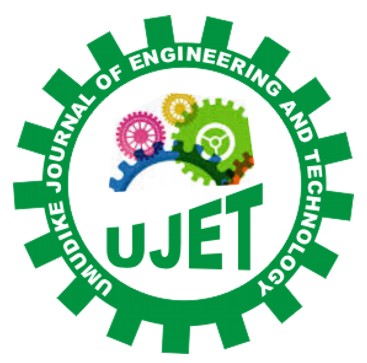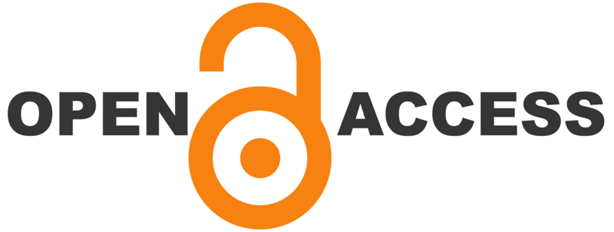Possible plagiarism:
The manuscript is evaluated to compare the level of similarity with other published works.
Manuscripts that have high level of similarity with other works (including the author(s) previous works) are
rejected at this stage. Authors are provided with the similarity report together with the decision to reject
the manuscript.
Scope: After a manuscript has undergone similarity check and the level of similarity is judged
to be appropriate, the content of the manuscript is checked to ensure that it fits within the scope of the journal
selected by the author(s).
Recent references: Umudike Journal of Engineering and Technology encourage authors to cite
more recent articles that were published within the last five years.
English Language: Umudike Journal of Engineering and Technology currently publishes full text
of articles only in English language. Manuscripts are checked for the structure, organization, correctness and
clarity of the language as it adheres to the journal's Instructions for Authors. The editorial office usually
makes correction to minor grammatical errors in such a manner that it does not alter the manuscript.
However, in situations where language is substantially difficult to comprehend, the manuscript is returned
to the author to improve clarity of the language. Manuscripts that fail in this first stage of the review
process are returned to the author(s) for modification and resubmission.
The second stage of the review process employs the double-blind review system. A minimum of two external
reviewers are selected from our database, editorial board of the journal or other sources. These reviewers
have expert knowledge of the subject area of the manuscript. The reviewers are invited to review the manuscript
by sending them the abstract of the manuscript. Upon acceptance to review the manuscript, the full text of
the manuscript is sent to the reviewers after the identity of author(s) have been deleted.
Reviewers evaluate the manuscripts and provide useful comments to enable the author(s) improve the quality
of the manuscript. Reviewers are also required to score the manuscript in terms of originality, contribution
to the field, technical quality, and clarity of presentation and depth of research. Reviewers make one of the
following suggestion about the manuscript;
- Requires minor corrections
- Requires moderate revision
- Requires major revision
- Reject
The editorial office reviews the comment sent by reviewers. If two reviewers’ comment have significantly
different/or contradictory opinions about the same manuscripts, the manuscript is re-sent to a third reviewer.
All reviewers’ comments (including the third reviewers’ comment where necessary) are thereafter sent to
the author(s). The reviewers’ identities are concealed from the author(s). The total time taken to complete
the second stage of the manuscript review dependent on the availability of the reviewers.
Using the reviewers’ comments, author(s) make corrections to the manuscript and submits a revised manuscript.
Upon receipt of the revised submission, the manuscript undergoes the third and final stage of the review process.
The original manuscript, the revised manuscript and all the reviewers’ comments are sent to an editor of the journal.
The editor reviews the manuscript and makes one the following decisions:
- Accept as it is
- Accept with minor correction
- Requires major corrections
- Send revised manuscript for review again
- Reject
Manuscripts that are accepted as it is are scheduled for publication. Manuscripts that require corrections
(either minor or major) are sent to the author(s) to affect the corrections suggested by the editor. After
effecting the corrections, the editor reviews the manuscripts again before the manuscripts are accepted for
publication.


